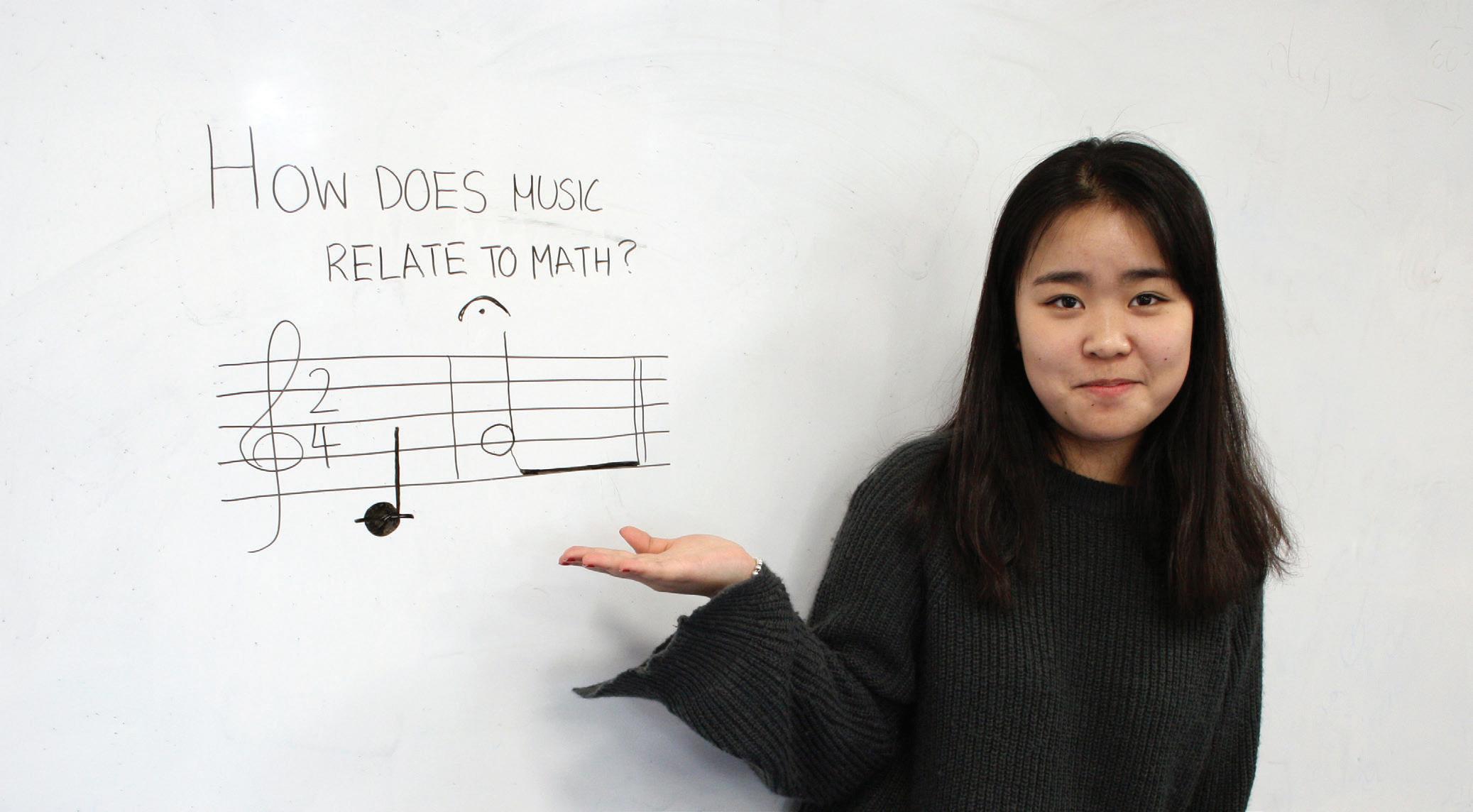
5 minute read
Different strokes, Nicky Dulfer
Different strokes
Researchers at the University of Melbourne are developing a model for teachers wanting to improve their differentiation techniques, writes Nicky Dulfer
In a classroom filled with students who all learn in different ways, it can be hard for teachers to make sure everyone is keeping up. Differentiated instruction, an approach that encourages teachers to cater to individual student needs and preferences, can help overcome this challenge. However, differentiation can be a tricky term for teachers to understand. It requires a particular ‘mind-set’ and encompasses a broad range of strategies. These can include: having clearly defined ‘learning goals’ to keep each student on track, allowing different access points into material, varying task sophistication, encouraging student choice, varying pacing and establishing flexible learning environments.
A great example involves an English teacher who wanted to introduce her Year 2 Literature class to the Shakespearean tragedy Macbeth. To ensure the information was accessible she developed varied activities, which included: putting together the lines of a speech in order, guessing the order of a storyboard of the play, and a ‘32-second version’ of the play in which students read out key lines and acted out the deaths. These activities gave students multiple points of access to the narrative; by the time they came to read the opening scene, they had a sense of where the action would lead and were excited to learn more.
When working in a programme such as the International Baccalaureate (IB) Diploma Programme (DP) there can be added pressure for teachers – they must adhere to strict curriculum needs and meet local and global expectations. The University of Melbourne, which offers online courses for teachers seeking to specialise in IB teaching across Primary, Middle or Diploma Years, also undertakes leading research in the area. A study undertaken by the University in 2017 examined IBDP classrooms in two countries to enhance our understanding of how teachers are implementing differentiation strategies within the IBDP. We found that while many teachers are enacting a variety of differentiated approaches to learning, there is some confusion as to what might be considered differentiation and how these strategies could be applied within the programme. This suggested the need for further research and professional development opportunities in this space, which we have been developing.

Observing differentiated learning
In our study we examined six schools across Hong Kong and Victoria, Australia, observing 18 teachers and 59 individual lessons (Dulfer et al, 2017). One of the most useful developments was our ‘lesson observation instrument’, which helped us define the ways in which differentiation can be used in classes; this was based on Tomlinson’s (2001) framework of content, process, product and environment. Throughout the study we recorded many promising examples of differentiated instruction which we have placed in the research report as promising practices. A key finding was that while many teachers indicated they felt differentiated learning was important, they admitted they didn’t always follow through with the techniques in the classroom and were sometimes unsure how to do so. A number of teachers in the study felt they had little control over the subject content. There was a sense that many of the subjects were ‘content-heavy’, and with so much to be covered over the two years of the IB, these teachers felt it was a race against time. Additionally, teachers were very aware they were working in a high-stakes assessment environment. They noted that all students needed to be prepared for the same assessments and felt this inhibited their opportunities to differentiate content. Finally, there was a strong sense of pressure from schools and parents for students to perform well, and teachers felt they were often teaching to the exam. These factors can lead to a reluctance to experiment with differentiated learning, with some teachers noting that the time it takes to prepare differentiated instruction can be a hindrance.
Putting research into practice
Our initial study clearly showed the need for more professional development in this area. Many of the teachers noted they would like to learn more about the differentiation practices we were observing, so they could try them out in their own classrooms. On the basis of this unexpected finding we created and piloted an Action Research Model in a national school in Australia last year. This has been designed to enable teachers to take control of their own learning needs, work closely with their peers, and have a grounded approach to inclusion in the classroom. Each teacher who took part in the pilot study was observed at least three times to establish how they approached differentiation. They worked in groups of three, which enabled them to learn from each other, as well as from one of the University experts involved in the study. Using our observation instrument to frame feedback sessions, teachers could then choose two aspects of their teaching that they wanted to improve. We found that participants really benefitted from watching each other teach and were able to see different approaches to teaching and learning. All of the participants commented that they found it useful to see good practice in action and used this to reflect on their own techniques.
This pilot study has demonstrated that it is crucial to give teachers the time to learn from each other. It has also provided further insight as to how assessment developmental frameworks can support professional growth. As we develop our research and professional development models further, we will be looking to expand into an international setting to explore how differentiated learning can work within programs such as the IBDP.
References
Dulfer N, McKernan A & Brindle K (2017) Different countries, different approaches to teaching and learning? The University of Melbourne. Available at: www.ibo.org/globalassets/dulfer-jta-final-report-en.pdf Tomlinson, C A (2001) How to Differentiate Instruction in Mixed-Ability Classrooms. Alexandria, VA: ASCD. Tomlinson C A & Javius E L (2012) Teach up for excellence. Educational Leadership, 69(5), 28- 33.









